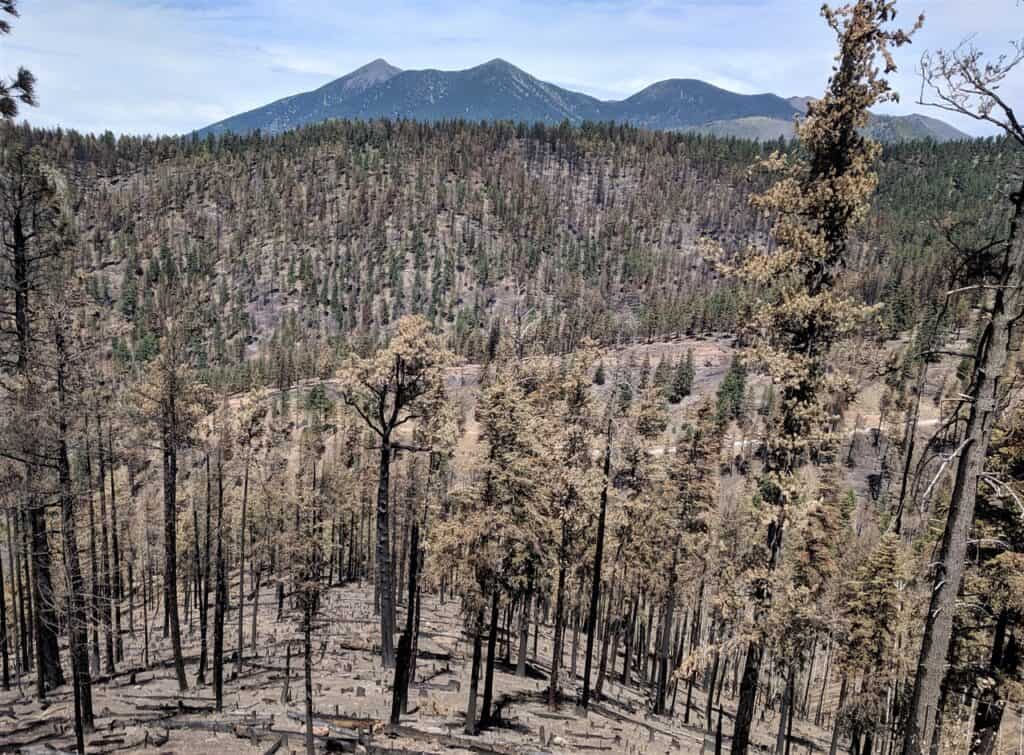
First I’ll start with this post on Catrina Edgeley and Melanie Colavito’s work in Flagstaff. This article was originally posted on the Fire Adapted Communities Learning Network Blog and is reproduced here with their permission. They are social scientists with the NAU Ecological Restoration Institute. I first heard about this work via a presentation Catrina gave at the SAF Convention last fall. I appreciate how they condensed their work for accessibility. The Museum fire was started by contractors’ equipment working on a fuels reduction project, so the scientists studied how that influenced peoples’ ideas about fuel treatments.
How can we harness public support for restoration and wildfire risk reduction?
Based on our survey data, high public support for active forest management seems likely to continue. How can we capitalize on this “window of opportunity” moving forward?
*Incorporate and continue community-approved approaches. Familiarity with the rationale and need for existing management activities like FWPP have built confidence in collaborative approaches. That is no small feat and took several decades to achieve in the Flagstaff area. However, now that it has become ingrained in community culture, the community is more socially resilient to fire events when they do occur. Acknowledging local support for, and continuing to invest in, collaborative approaches will be key to maintaining momentum for forest management in Flagstaff.
Collaborative community-based approaches and building trust is significant.
*Demonstrate what you’ve learned from past fires (and how you’ve implemented those lessons) to build trust. The last page of our survey allowed respondents to provide additional comments they thought might be relevant to our study. Many long-term Flagstaff residents commented that once the Museum Fire began, they clearly saw lessons learned implemented from the Schultz Fire. While newcomers and more skeptical respondents asked how professionals would use takeaways from the Museum Fire moving forward. Transparency about how a fire event advances local wildfire response within agencies and governments is key to building confidence and opening an inclusive conversation about local fire adaptation. Successful efforts to create transparency in Flagstaff have included Coconino County and Forest Service employees speaking directly with the public about changes to decision-making processes, mailing fact sheets that document updates and changes on public land to adjacent private property and acknowledging agency and organizational limitations before, during and after fire. Highlighting specific partnerships that have emerged after fire was often well-received and celebrated by members of the public in Flagstaff.